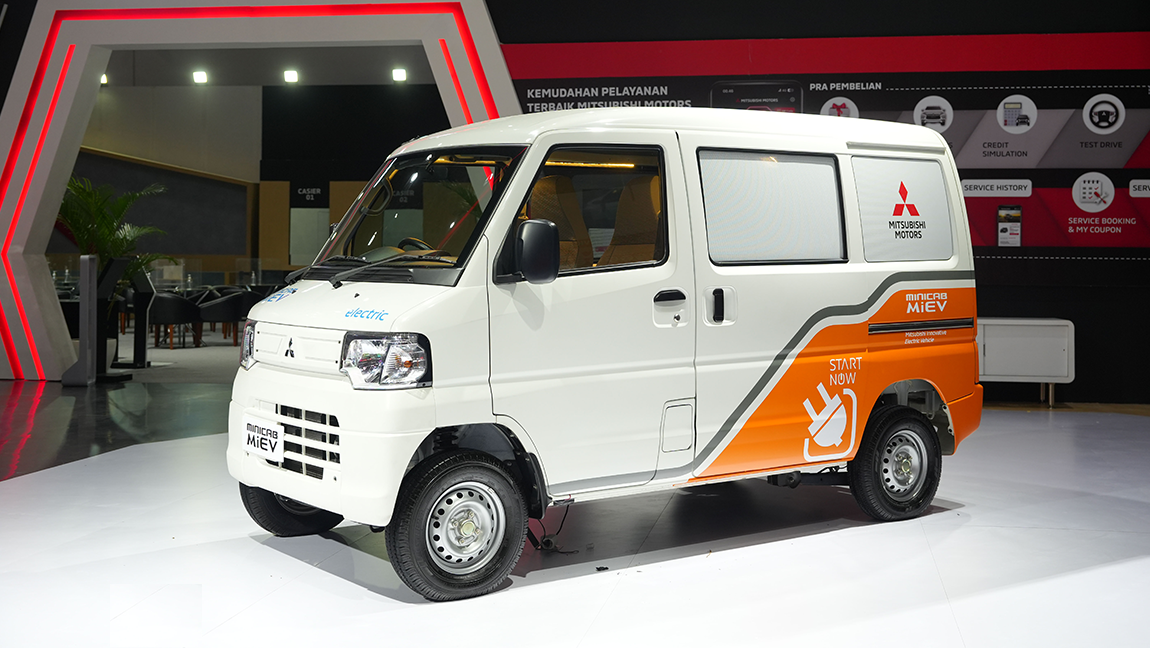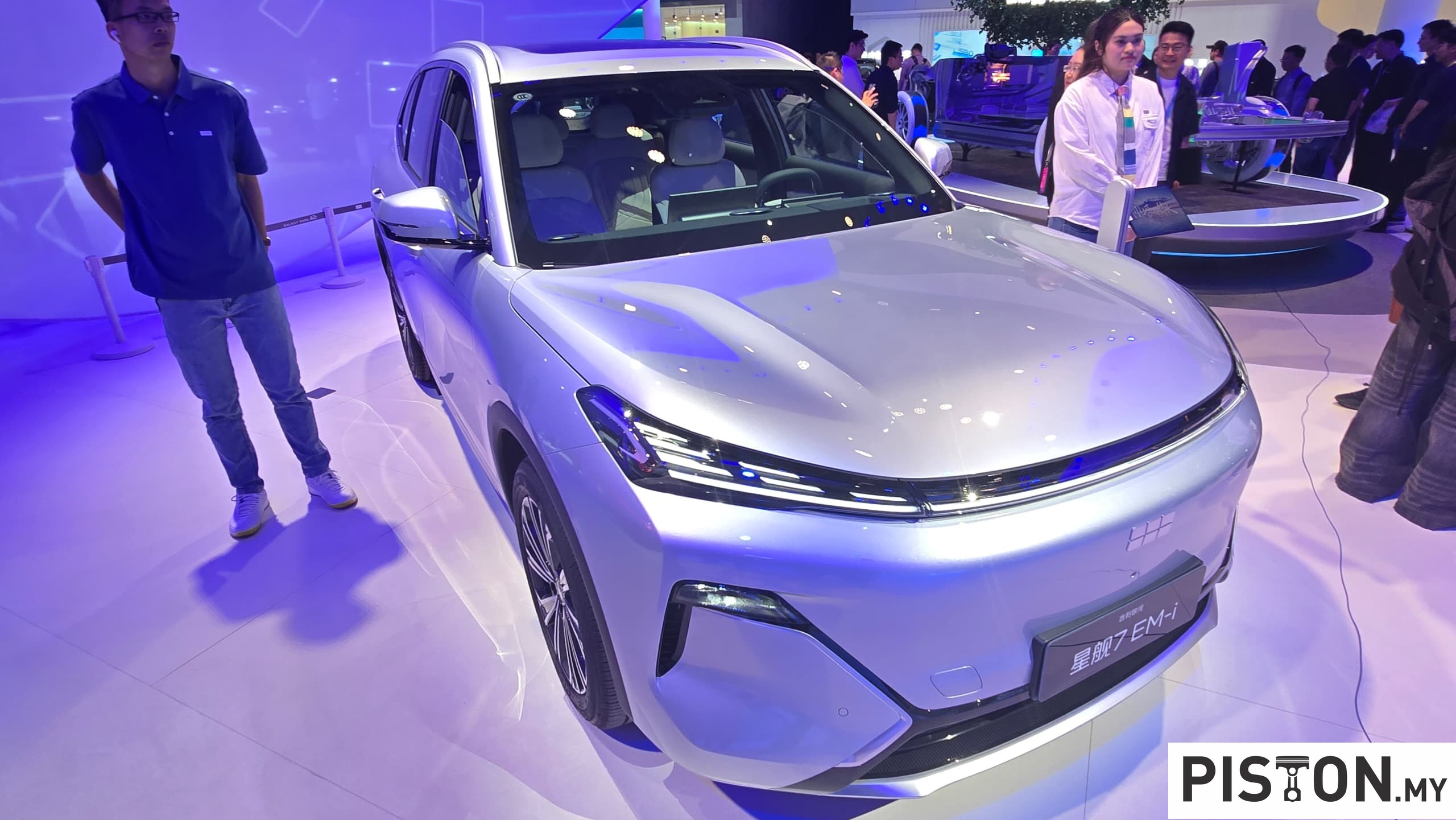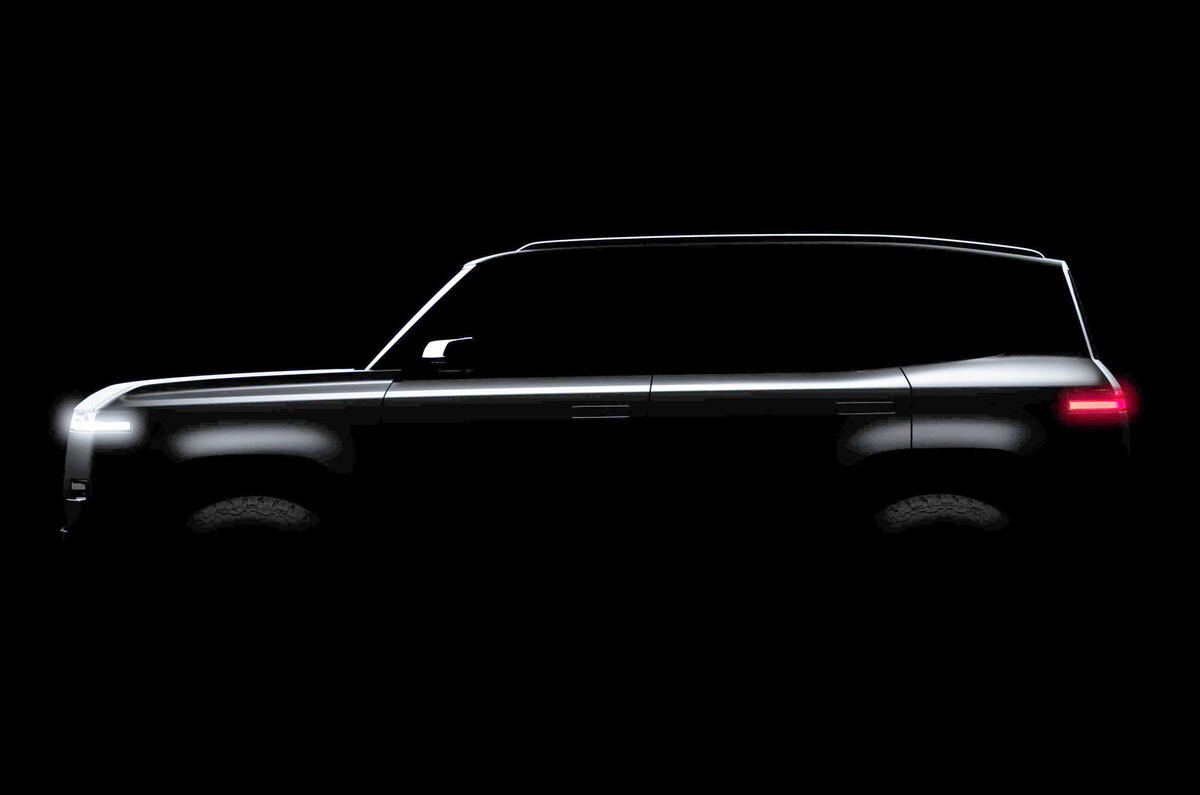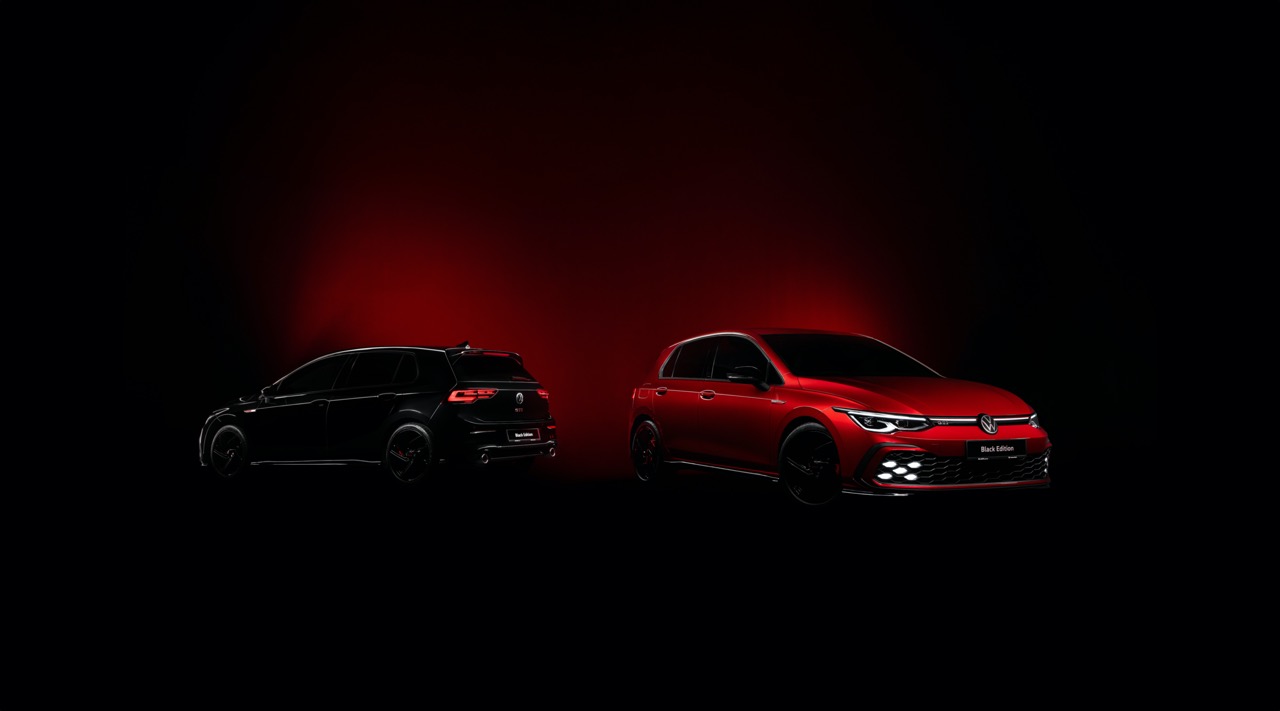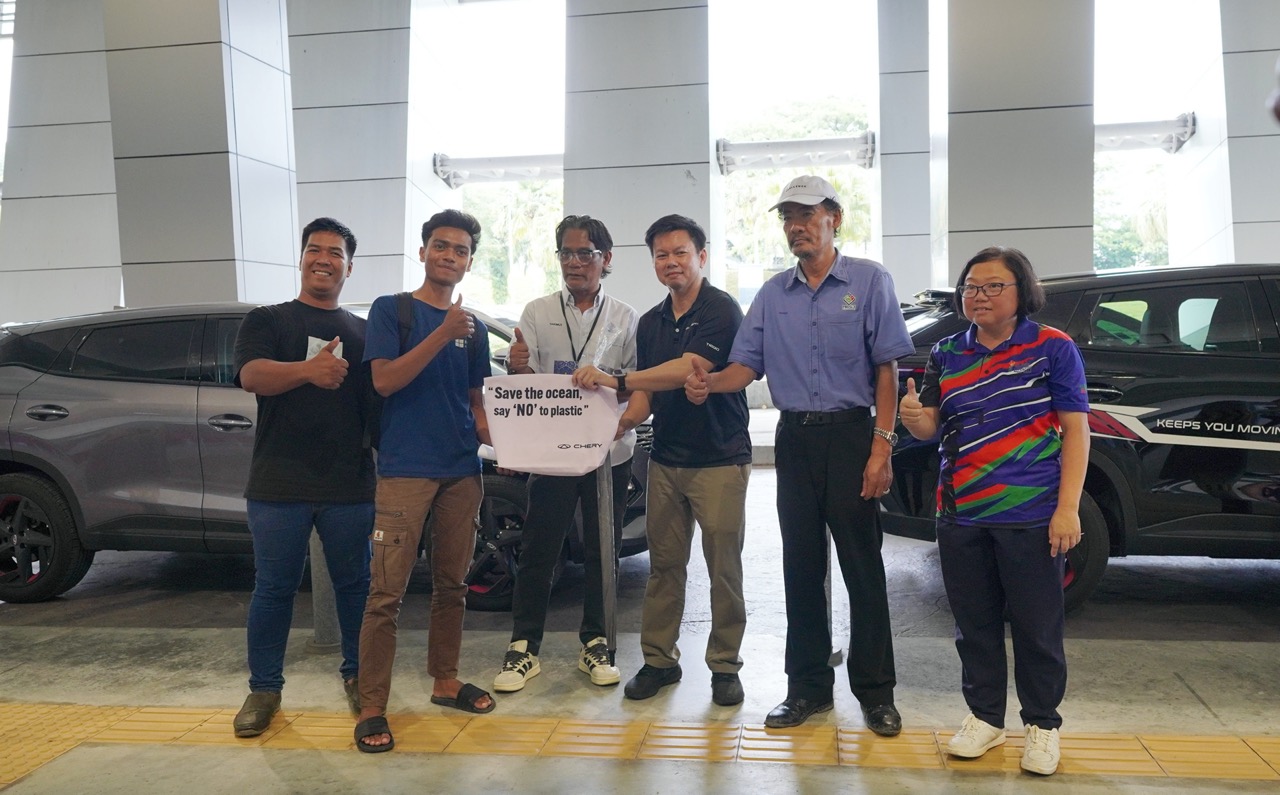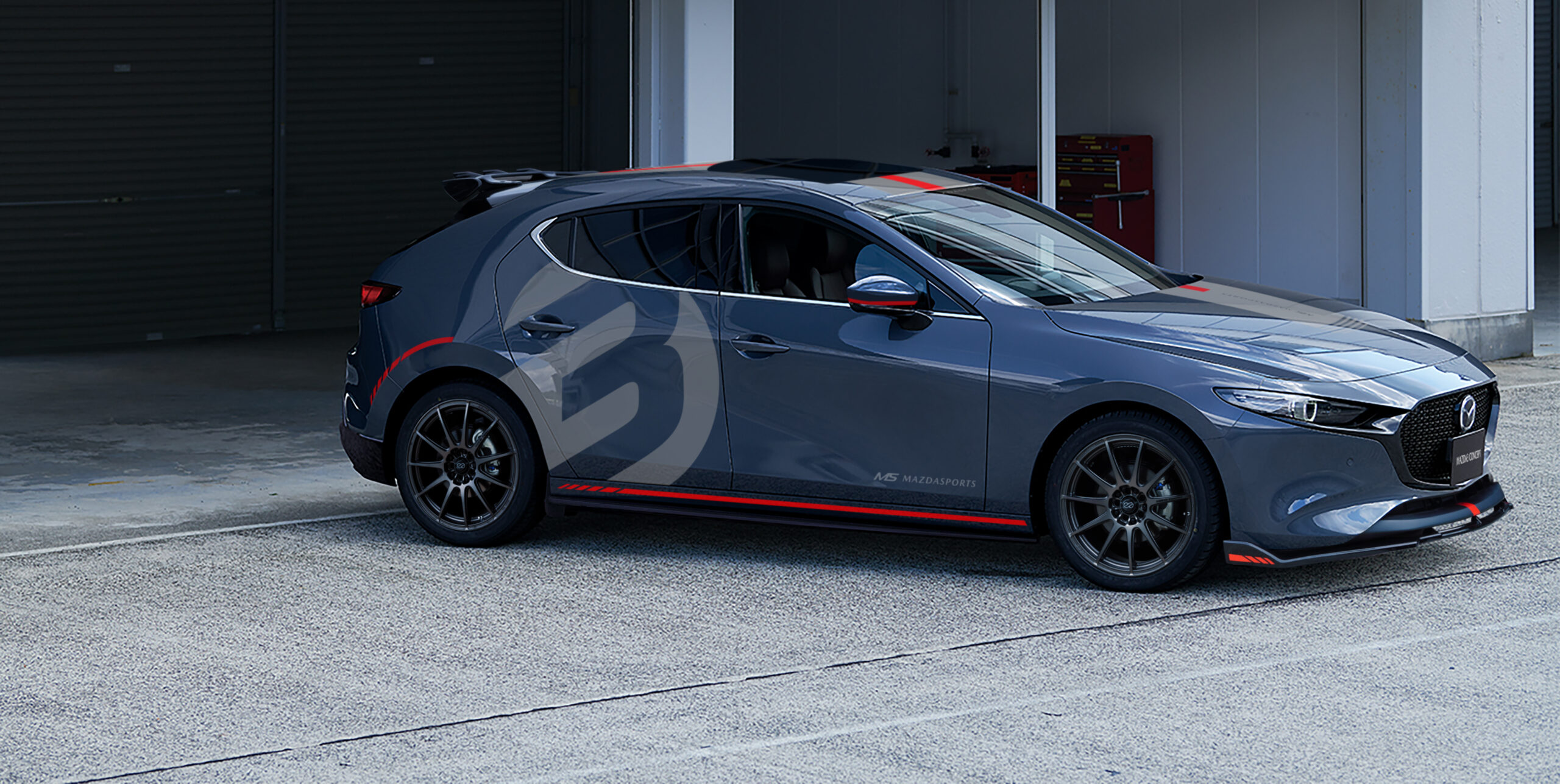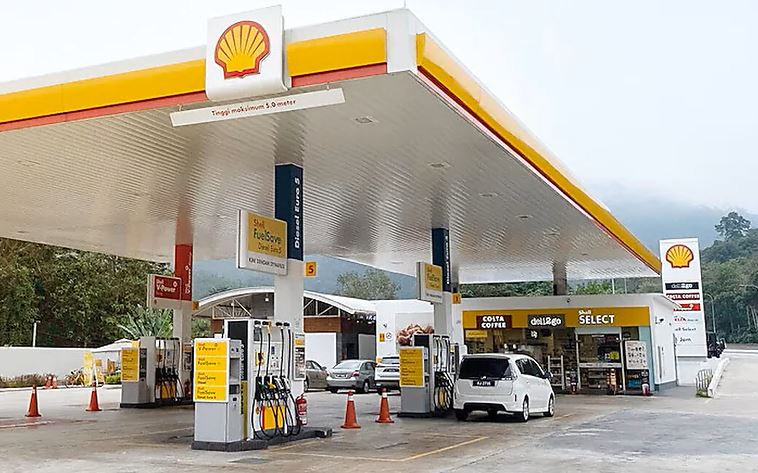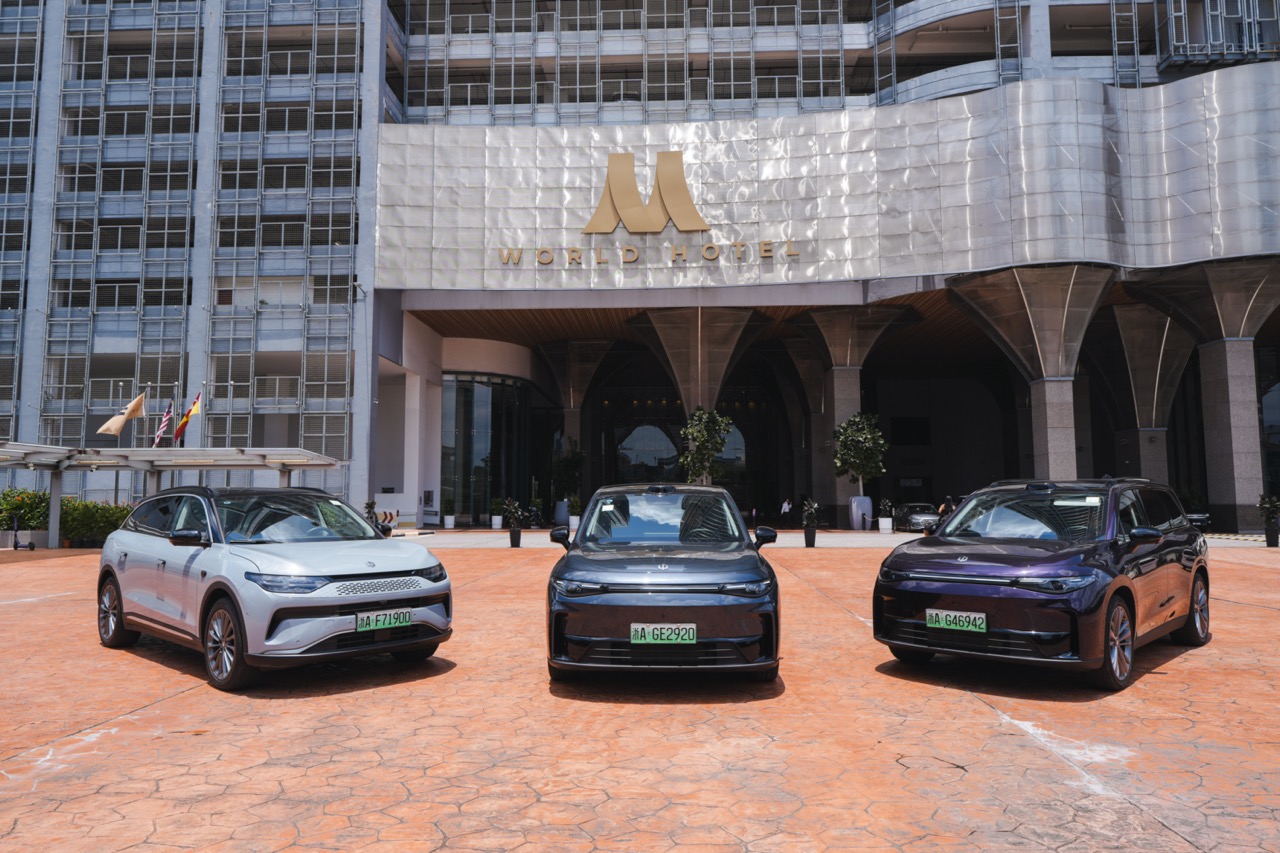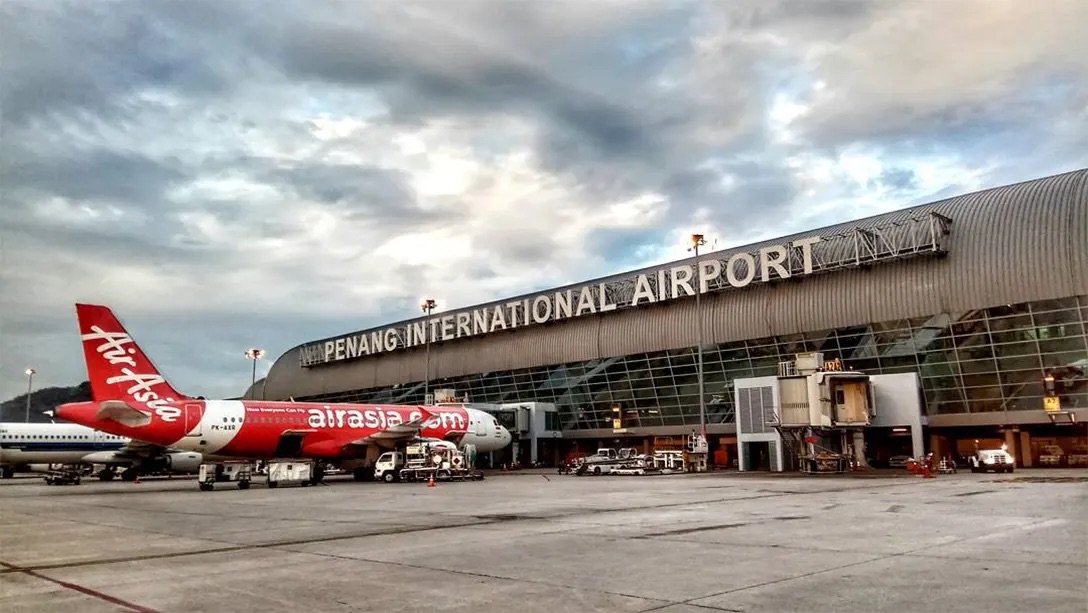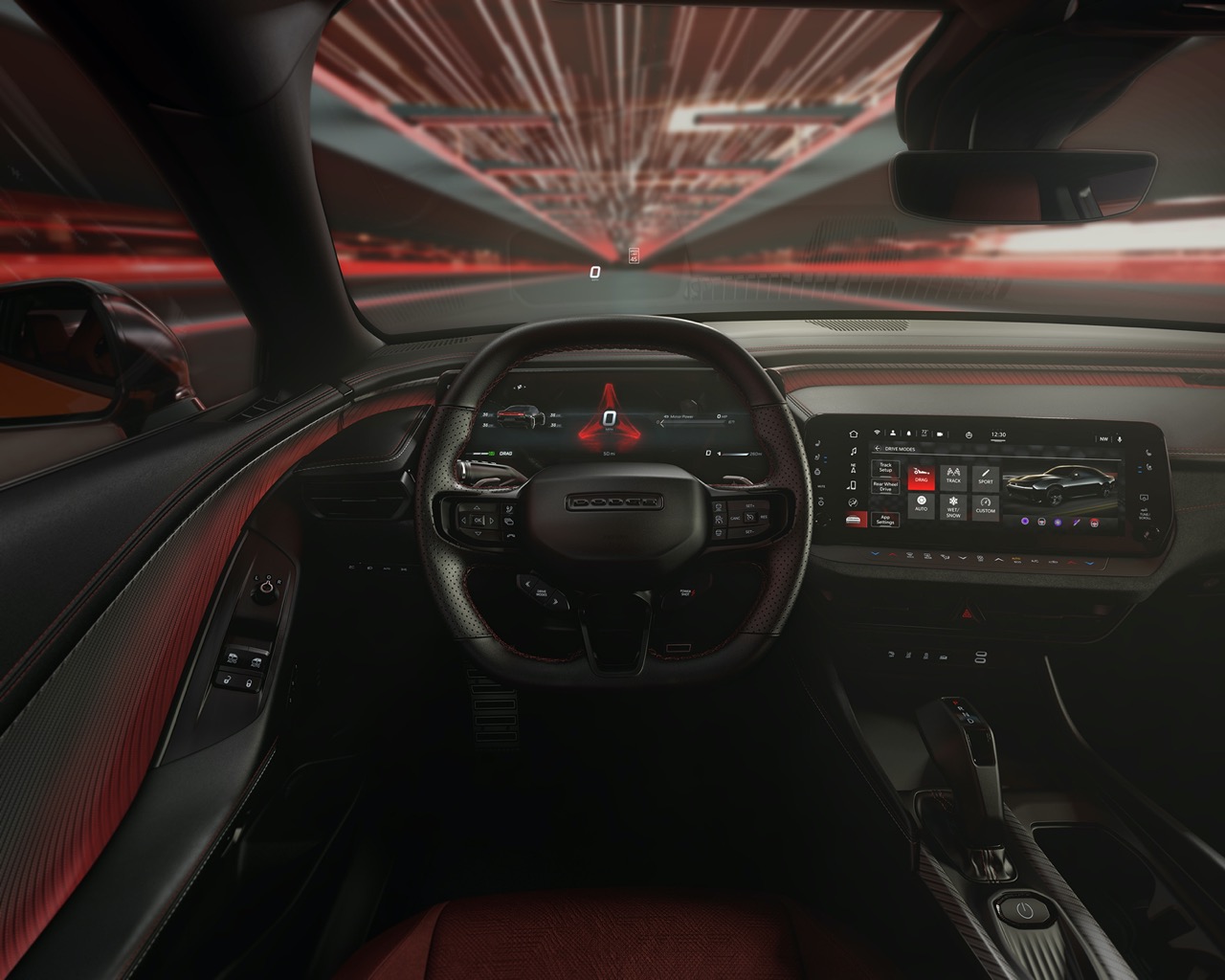While Nissan is credited with having introduced the world’s first mass produced battery-electric vehicle (BEV) in 2010, Mitsubishi Motors Corporation (MMC) also launched a BEV model around the same time which was intended for mass production. Known as the i-MiEV, it was smaller than the Nissan LEAF but still highway-capable.
In developing the i-MiEV, MMC had decided to go beyond hybrid technology which had, by then, been dominated by companies like Toyota and Honda. According to the late Osamu Masuko, who was MMC’s President then, the company chose to aim further ahead and focus on developing full EV technology.
Since then, the i-MiEV concept has evolved and advanced and has been used in the Minicab-MiEV. This model, launched in 2011, is the only BEV model in the commercial Kei-car class in Japan. It is popular with delivery companies because of its efficient powertrain and compact size.
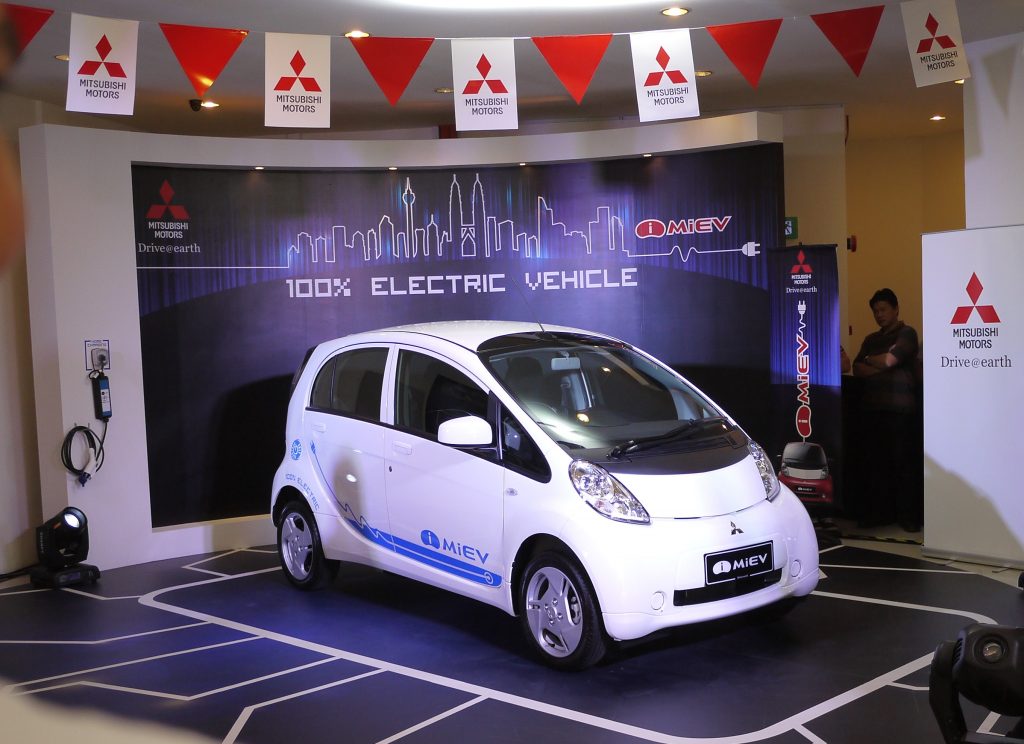
Although the company once decided to end its production, sales resumed in November 2022 in response to growing demand for such commercial EVs, particularly from logistics companies and local governments that are engaged in sustainable business activities. However, it remained only available in the Japanese market.
Now, for the first time, the Minicab-MiEV will be produced outside Japan as production will begin in Indonesia in 2024. The model will be assembled at PT Mitsubishi Motors Krama Yudha Indonesia in Bekasi Regency, 37 kms east of Jakarta. The factory, which began operations in 2017, currently produces the XPANDER and Pajero Sport.
“Automakers are now being required to respond to the rapid, global movement toward a decarbonized society,” said Takao Kato, President & CEO of MMC. “We believe that Kei-car class commercial EVs are the optimal solution to the ‘last-mile problem’ in logistics. In order to meet the growing demand for EVs in the ASEAN region, we have made the decision to produce this vehicle locally outside Japan for the first time. As well as continuing to support the development of Indonesia’s automotive industry, we hope to contribute to the country’s environmental initiatives.”


The electric powertrain in the Minicab MiEV is a more developed version of the one used in the i-MiEV which was in production from 2010 to 2014 (with some of the cars also supplied to Peugeot and Citroen). It uses a compact, lightweight, highly-efficient motor with the battery pack located under the centre of the vehicle.
The lithium-ion battery pack has a capacity to provide up to 133 kms of range, while the 30 kW/41 ps and 196 Nm electric motor give brisk performance, especially with the vehicle’s low weight. Only AC charging is available.
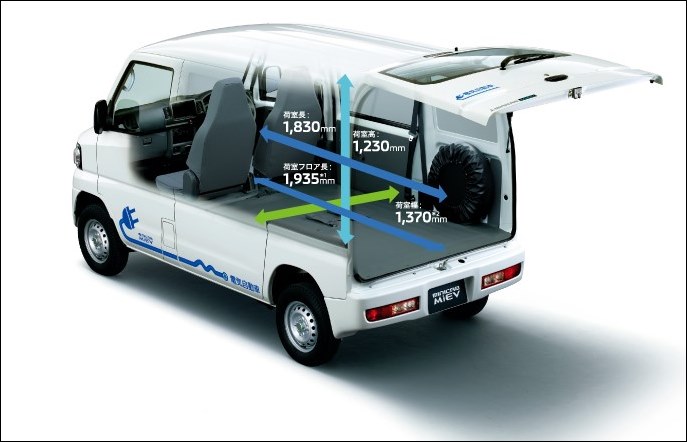
Besides not sacrificing capacity, thus ensuring a large cargo space. The battery location gives the vehicle a lower centre of gravity. This improves stability, which is important as the Minicab-MiEV is a tall vehicle.




